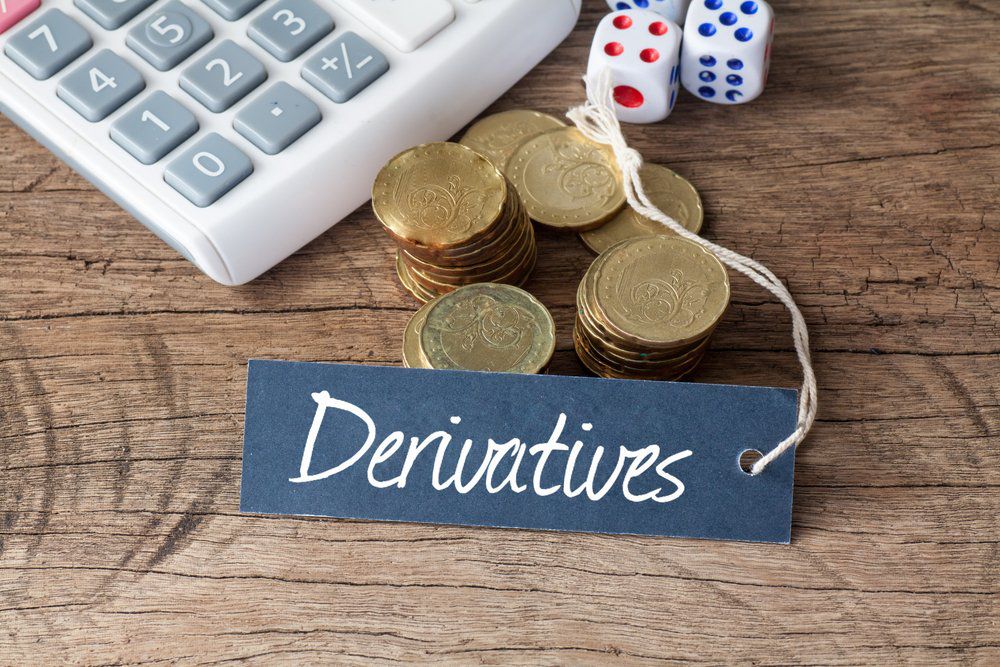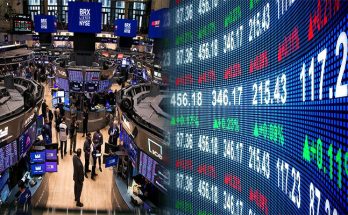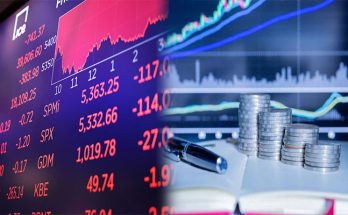$1 quadrillion, this is the value of the U.S derivatives. $1 quadrillion tied up in totally unregulated markets and the only information we can get about this pile of “money” is what bankers are willing to tell us. The value of derivatives market is more than 20 times the global economy as Jeff Nielsen mentions in his speech. This is the main reason why the U.S economy is struggling to get back on its feed and gain the investors trust again.
In 2008 when the state of the global economy was uncovered, Walls Street banks had to get the U.S accounting regulations changed in order to access these assets without letting the markets know the actual value of these papers. Without these changes the banks would have been reporting their own bankruptcies not record breaking profits, says Nielsen.
According to Nielsen there is no solution to the U.S economic problems and deflation or hyperinflation, is almost inevitable. This causes investors to face a dilemma since both of the outcomes are possible and preparation for both at the same time is difficult.
This kind of defensive investing tactic is known as wealth preservation. The most common wealth preservation asset is physical gold since it is seen as the ultimate save heaven. The value of gold cannot be weakened by inflation or rising debt. The value of “paper assets” can be easily influenced by governments, which makes them risky in economic stress situations when governments are trying to save the economy. This is not the case with gold since there is a clear limit of gold production and the amount of physical gold in the fiscal circulation can be easily defined.
In both situations, inflation or deflation, the final outcome is likely to be a collapse in the value of paper currencies and the only successful way out of this is to hold “good money” as Nielsen calls it. By “Good money” he means precious metals, which are known as the best assets to keep their value in economic turmoil.
Looking at market data over the last ten years we can observe that gold has been the best performing asset, outperforming the second best, government bonds, by 240%. Gold has been producing 14.3% annual profit compared to 5.9% return from bonds. Gold is the least volatile asset class and this explains why its value has been going up even before the recession. As the amount of debt in the markets is increasing all the time, investors must add more gold in their portfolios since gold, along with other precious metals, acts as a buffer in high economic stress situations.
When considering to the recent drop in the gold price, it is important to keep in mind the difference between trading and investing. Trading is short-term strategy where you purchase as asset with intention to sell it relatively quickly. The time scale could be anything from 30 seconds up to 3 months depending on your strategy. Investing is a long-term plan where you commit to hold your assets for years. As an investor, gold price fluctuations should be seen as a normal market function since there is so much uncertainty in the markets. Almost all senior investors have predicted that the price of gold will be somewhere between $2000 and $5000 per ounce in coming years, which should arouse the long term investors’ curiosity.





